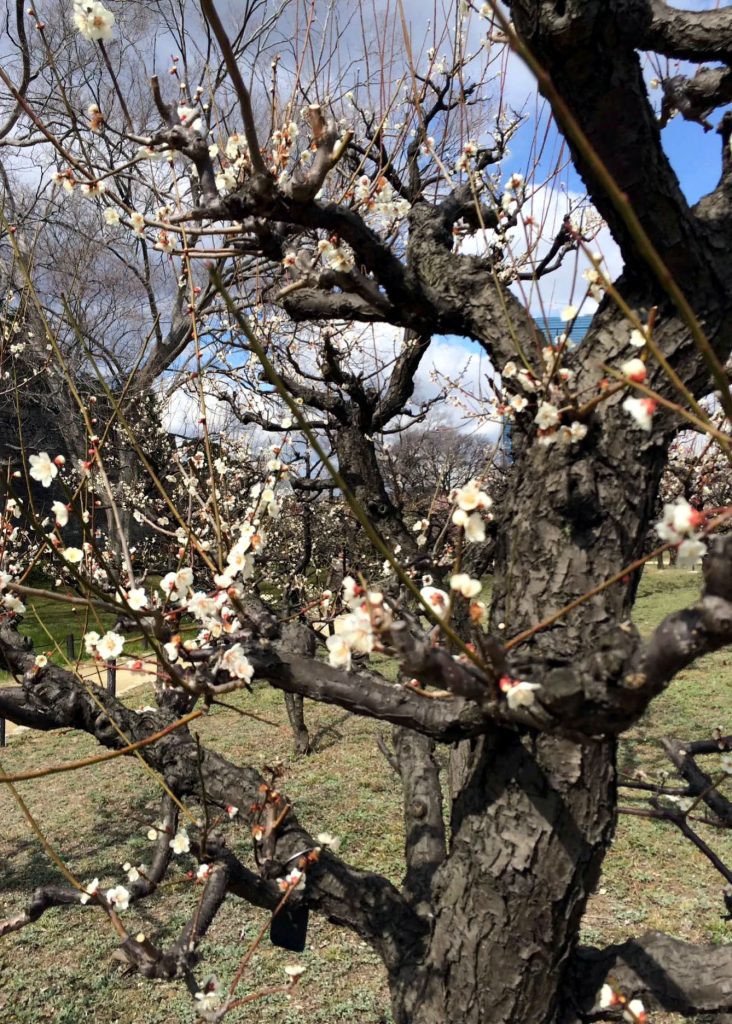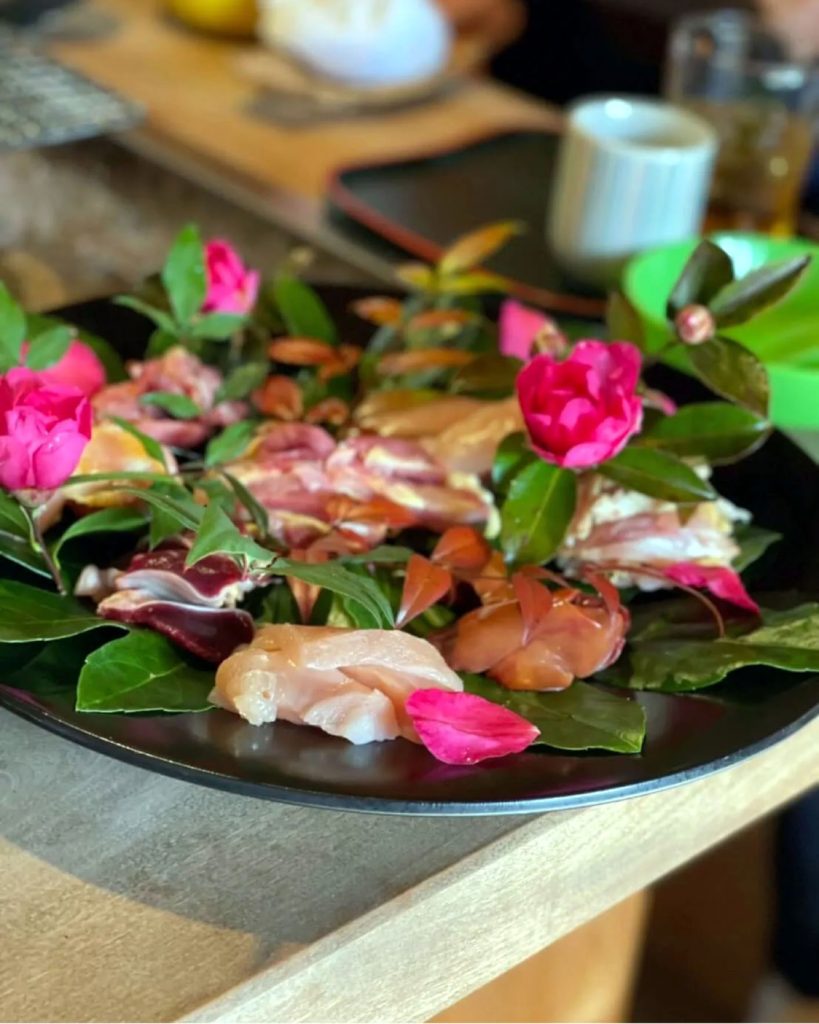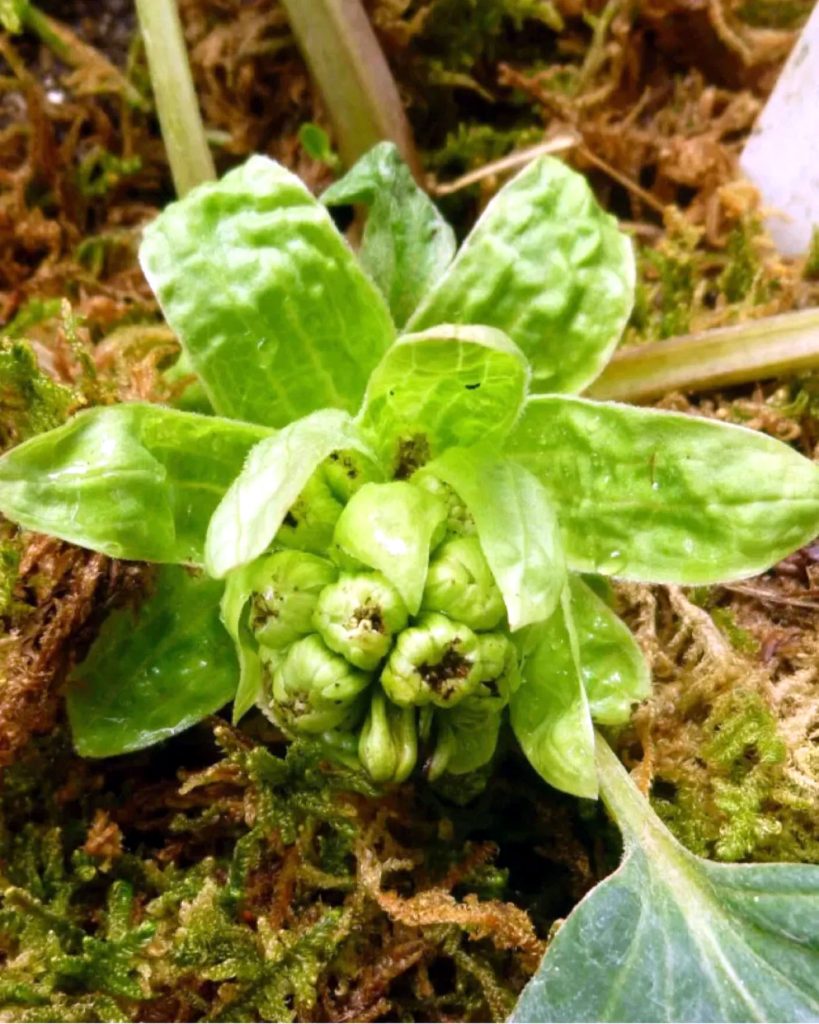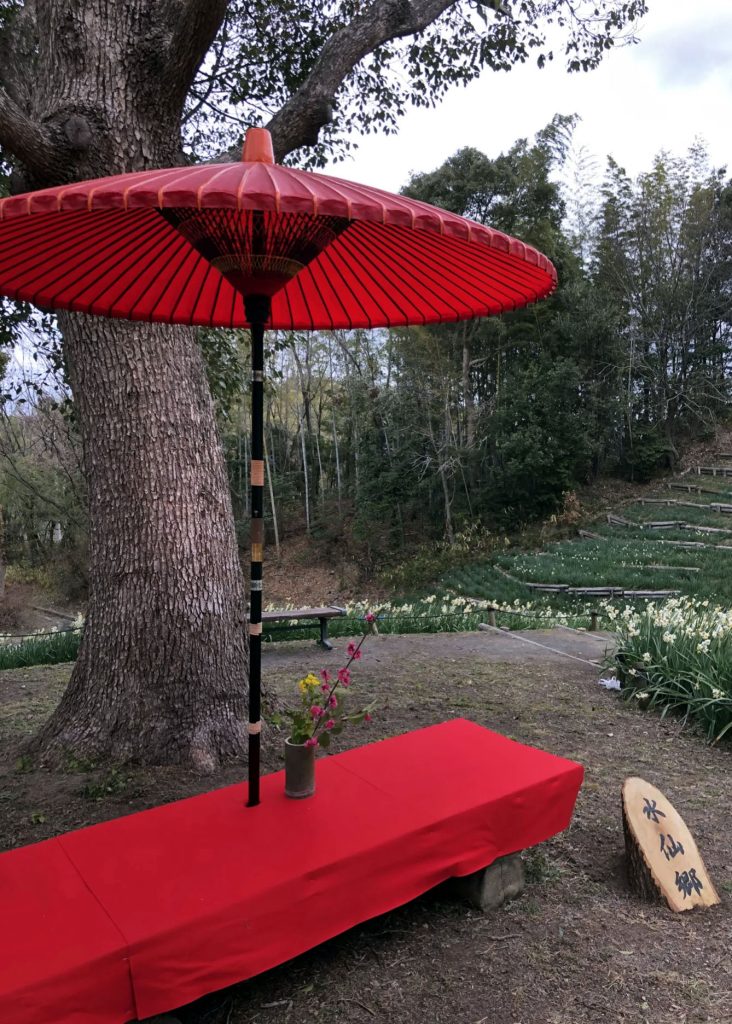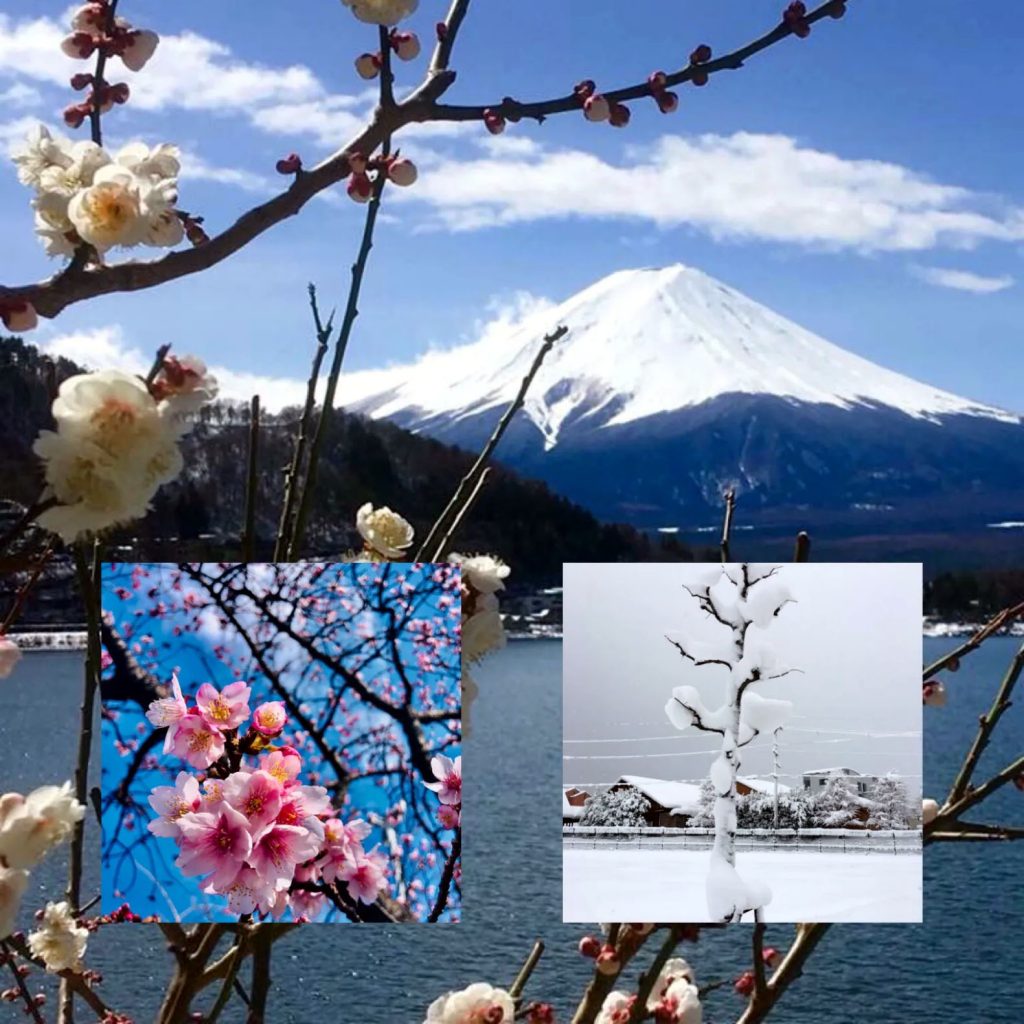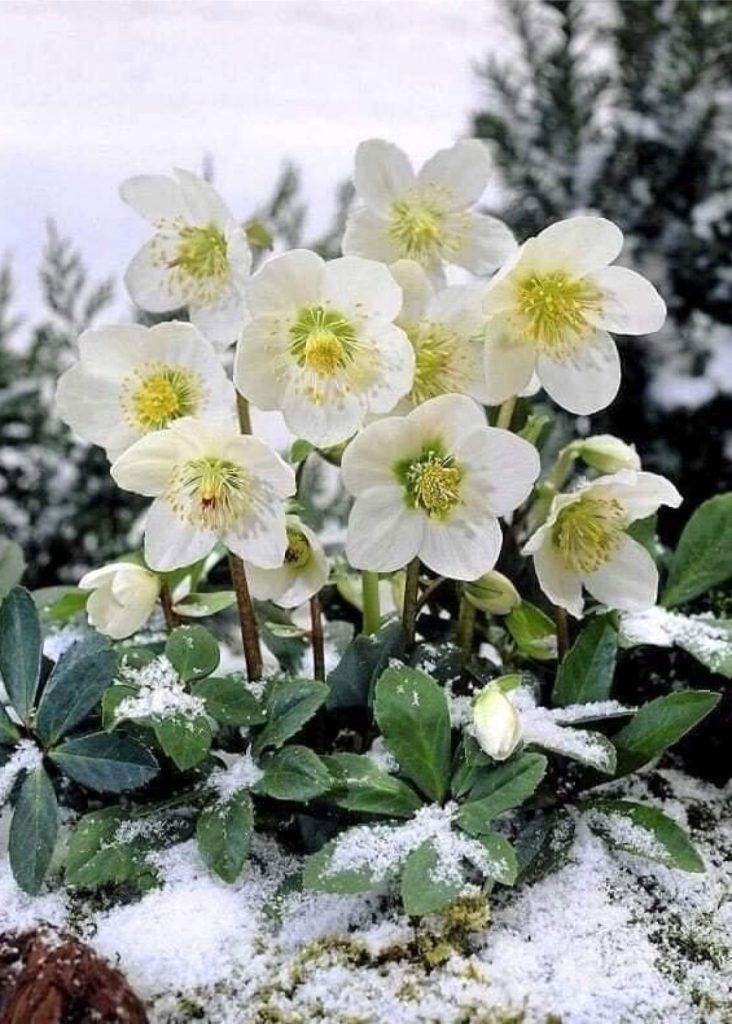
The name Setsubunso comes from the fact that the flowers begin to bloom around Setsubun. It is a wild grass native to Japan, and it was widely seen in Honshu west of the Kanto region, especially in areas of limestone. From the cold season to early spring, it blooms small white pretty flowers with a plant height of about 10 cm. However, in recent years, it has become a near-threatened species due to its sensitivity to overfishing and changes in the environment, and is listed on the Red List of the Ministry of the Environment. Although its population is declining, there are several colonies in Japan, among which the Setsubunso colony in Soryo-cho, Shobara City, Hiroshima Prefecture is well known. Setsubunso has only one flower per plant. It’s not at eye level, but the small setsubunso that blooms at your feet looks as if it’s smiling at you. However, just like the analogy that beautiful flowers have poisonous, be careful because the setsubunsou has a deadly poison called aconitine, which is the same as Torikabuto(the monkshood).
セツブンソウは節分の頃に花が咲き始めることからその名がつきました。日本原産の山野草で、関東地方より西の本州に広く見られ、中でも石灰岩の場所によく生えていました。寒い時期から早春まで草丈10cmほどと、小さな白い可憐な花を咲かせます。しかし最近は、乱獲や環境の変化に敏感なため、準絶滅危惧種になっており、環境省のレッドリストに挙げられています。生息数は少なくなってきていますが、群生地が日本でもいくつかあり、中でも広島県庄原市総領町のセツブンソウの群生地はよく知られています。セツブンソウは1株につき花は1つのみ。決して目線の高さにはありませんが、足元に小さく咲くセツブンソウはまるで微笑みかけてくれている様で、そんな様子からも花言葉「気品」がついたのではないでしょうか。ただ、美しい花には毒があるの例え通り、セツブンソウにはトリカブトと同じアコニチンという猛毒が含まれているので要注意です。


